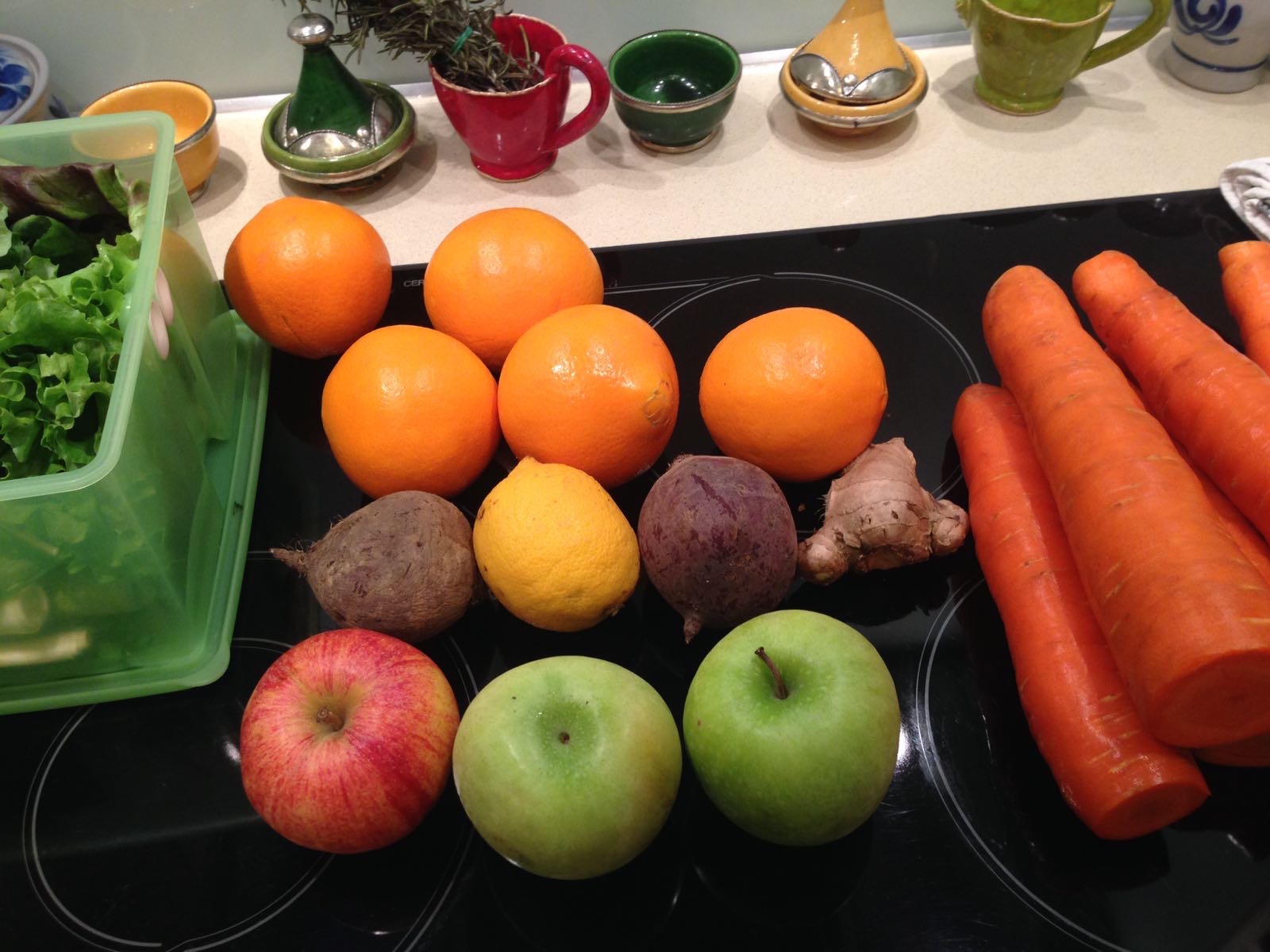Who of you women out there knows them too? The abdominal pain during your period that is so severe that you want to stay in bed all day with a hot water bottle and resort to painkillers due to the lack of effective alternatives? Then you are not alone. Depending on the literature, up to 80% of women of childbearing age experience period pains. Of course, there may be organic causes, so a gynaecological examination is advisable in any case. Often, however, there is no tangible cause for the so-called dysmenorrhoea – the pain is caused by excessive contractions of the uterine muscles. In this case, it is worth taking a look behind the scenes: What about diet, lifestyle, stress level and attitude towards one’s own femininity? Menstrual cramps are normal to a certain extent, but not when the pain becomes so severe that you are virtually unable to „function“ for 3 days every month. In this article, I want to share my top tips against menstrual cramps with you, as I suffered very badly for a long time myself!
A brief introduction to the menstrual cycle
The menstrual cycle lasts about 25 – 31 days and can be divided into the 1st and 2nd half of the cycle. The 1st half begins with the first day of menstruation. Afterwards, the follicle (which contains the egg cell) builds up again and matures. The first half of the cycle is dominated by oestrogen. The second half of the cycle begins with ovulation, usually after 12-15 days. If fertilisation does not occur, i.e. there is no pregnancy, a layer of tissue in the uterus is rejected, which is expressed in menstruation. The cycle therefore starts all over again. In the second half of the cycle, progesterone is the dominant hormone. The common duration of menstruation is 3-7 days, blood loss is about 40-100ml, with amounts over 60ml considered a lot.
Sometimes diffuse symptoms can occur a few days before the onset of menstruation. These range from mood swings to extreme breast tenderness and back pain to diarrhoea and migraine-like headaches. This is called premenstrual syndrome (PMS). In this case (but also in general :)), B vitamins are particularly important. You can find them in wholemeal products, nuts, vegetables, offal and eggs.
What can you do to relieve menstrual cramps?

Top tips against menstrual cramps
- Relax as much as you can. Stress makes the pain worse.
- Exercise can often help. Try taking a walk or doing some moderate exercise to see how the pain and your circulation behave.
- Warmth in the form of a hot water bottle or a cherry stone pillow can help relieve cramps.
- Try ginger, it has a similar anti-inflammatory effect to ibuprofen.
- Massage your stomach. Take a few drops of magnesium gel or marjoram oil, which have an antispasmodic effect, and gently massage your lower abdomen in a clockwise direction.
- Tea made from chamomile flowers, yarrow, lady’s mantle, black cohosh and silverweed is said to have a positive effect on menstrual cramps.
- Drink enough fluids (about 1.5-2 litres in addition to food) in the form of still water or unsweetened tea.
However, all of this is of limited help if the underlying diet is not optimal, as this is the most important foundation. So let’s take a closer look at it! 🙂
Diet for menstrual cramps

- In general, avoid processed products, those made from white flour and refined sugar. Also avoid alcohol, coffee and other caffeinated drinks. Eat plenty of fresh and unprocessed foods and healthy fats from nuts, butter, olive and coconut oil.
- Try to satisfy your sweet tooth with ripe fruit, dates, nuts and dark chocolate (all in moderate amounts, of course).
- In the days leading up to your days, eat warming, gently cooked meals that are not too spicy.
- If you like to drink cow’s milk, try to reduce the quantities and switch to a mixture of organic cream and water if possible to reduce the amount of animal protein. Occasionally you can also consume sour milk or kefir, as they have a probiotic effect and help to maintain a healthy intestinal flora. Sometimes hyper- and dysmenorrhoea can be noticed in the form of excessive intestinal peristalsis.
- Fermented foods such as sauerkraut, kimchi or other lacto-fermented vegetables are generally recommended. If you like to consume soy products, try to prefer fermented soy beans in the form of tempeh.
- Pay special attention to foods rich in magnesium (nuts and seeds, vegetables, oatmeal and whole grains, bananas, berries, sesame seeds, fish and meat broths, dark chocolate) and iron (sesame seeds, almonds, pumpkin seeds, oatmeal, amaranth, millet, lentils, chickpeas, green leafy vegetables, parsley, apricots, eggs)
What else you can do
If you do not experience any success with the remedies and measures mentioned above, this is no reason to despair. Often, homeopathy and acupuncture can also be very successful! However, if the pain is so severe that you have to resort to classical pain medication, that is also okay – as long as you have no contraindications and your blood values are normal, of course. But it should stay at one to a few tablets a month. If you need to take them permanently, I recommend that you try alternative approaches.
In conclusion
I hope you were able to take away some useful tips against menstrual cramps for yourself. Of course, the topic of menstrual cycles and hormone balance is far more complex than what is presented here. Every woman has her own story and her own feelings and thoughts on the subject. The important thing is not to fight against it, but to accept it as part of our femininity. How do you experience your period? Is it something you dread every month or do you feel somehow enriched by these different cycle phases? Do you have your own tips and tricks for period cramps? Feel free to let me know in the comments!
Have a great rest of the week and I hope your next period symptoms will be milder 🙂
Alina